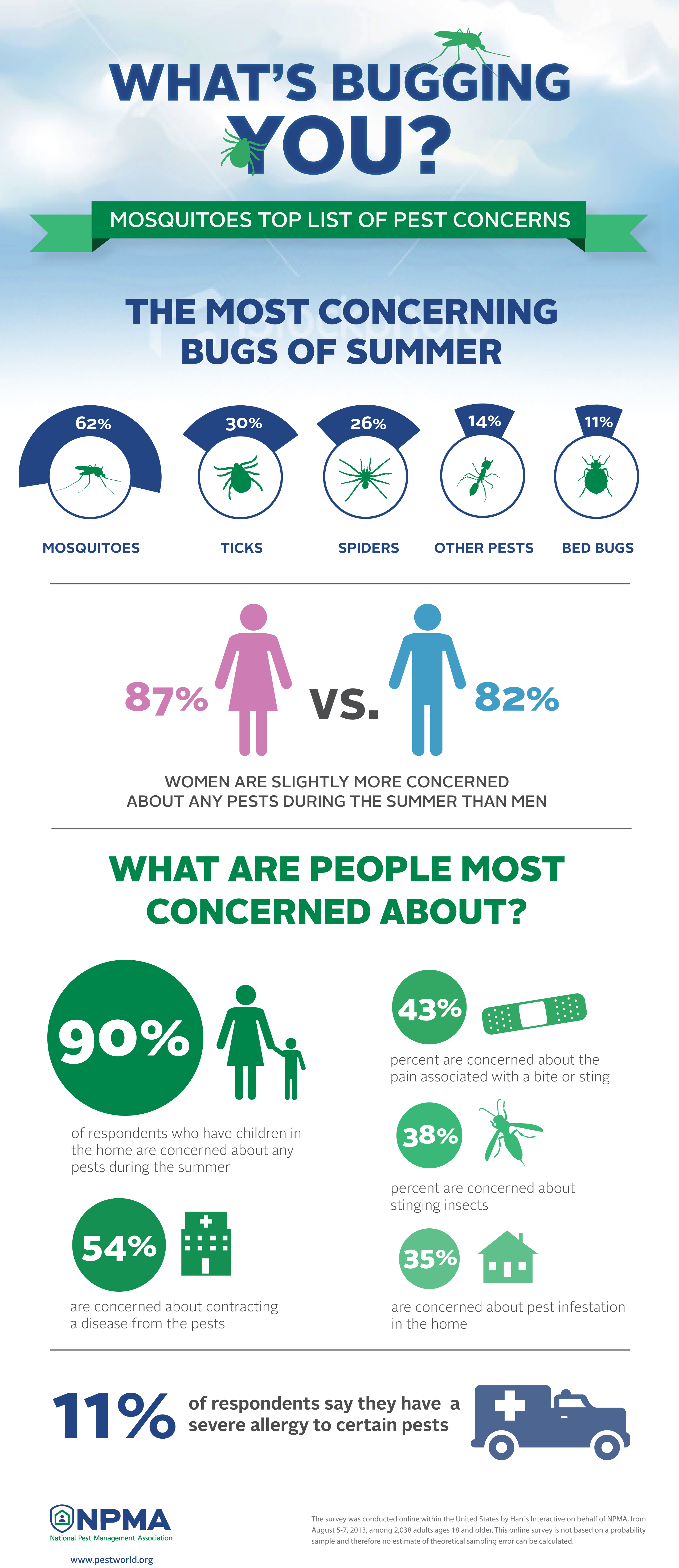Learn Essential Techniques To Protect Your Residence From Rodents In The Attic
Learn Essential Techniques To Protect Your Residence From Rodents In The Attic
Blog Article
Produced By-Webster Snedker
Imagine your attic room as a comfortable Airbnb for rats, with insulation as fluffy as resort pillows and electrical wiring more enticing than area service. Currently, envision these unwanted visitors tossing a wild event in your home while you're away. As a house owner, ensuring your attic is rodent-proof is not just about peace of mind; it has to do with protecting your residential property and liked ones. So, what basic steps can you take to secure your sanctuary from these furry burglars?
Examine for Entry Information
To begin rodent-proofing your attic, examine for access factors. Start by carefully examining the exterior of your home, seeking any kind of openings that rats could utilize to gain access to your attic. Look for just click the up coming site around utility lines, vents, and pipelines, in addition to any kind of splits or openings in the structure or exterior siding. See to it to pay attention to locations where different building products meet, as these are common entry points for rodents.
Additionally, examine the roofing for any type of damaged or missing out on roof shingles, in addition to any type of gaps around the sides where rodents could press with. Inside the attic, look for indications of existing rodent task such as droppings, ate cords, or nesting materials. Utilize a flashlight to thoroughly check dark edges and covert spaces.
Seal Cracks and Gaps
Inspect your attic room completely for any fractures and gaps that require to be secured to prevent rats from getting in. Rodents can press with also the tiniest openings, so it's critical to seal any possible entrance points. Examine around pipelines, vents, cable televisions, and where the walls meet the roofing. Utilize a mix of steel wool and caulking to seal off these openings properly. Steel woollen is an exceptional deterrent as rats can't chew with it. Ensure that all gaps are firmly secured to reject accessibility to unwanted pests.
Do not neglect the importance of sealing gaps around doors and windows too. Usage climate removing or door sweeps to secure these areas properly. Evaluate the areas where utility lines go into the attic room and secure them off using an ideal sealer. By taking the time to seal all cracks and gaps in your attic, you create a barrier that rats will discover difficult to breach. Prevention is key in rodent-proofing your attic, so be thorough in your efforts to seal off any kind of potential entrance points.
Remove Food Sources
Take proactive procedures to remove or keep all potential food sources in your attic room to prevent rodents from infesting the space. Rats are attracted to food, so removing their food resources is important in keeping them out of your attic room.
Below's what you can do:
1. ** Store food securely **: Avoid leaving any type of food items in the attic room. Shop all food in closed containers constructed from steel or heavy-duty plastic to stop rodents from accessing them.
2. ** Tidy up debris **: Remove any type of piles of debris, such as old newspapers, cardboard boxes, or wood scraps, that rodents can use as nesting material or food sources. Keep the attic clutter-free to make it much less appealing to rodents.
3. ** Dispose of rubbish properly **: If you use your attic room for storage space and have trash or waste up there, see to it to throw away it frequently and properly. Rotting trash bin draw in rats, so maintain the attic tidy and without any natural waste.
Conclusion
Finally, bear in mind that an ounce of avoidance is worth a pound of remedy when it pertains to rodent-proofing your attic room.
By putting in the time to check for access factors, seal fractures and gaps, and get rid of food resources, you can maintain undesirable insects away.
Keep in mind, 'An ounce of avoidance deserves a pound of treatment' - Benjamin Franklin.
Remain read this and safeguard your home from rodent invasions.
